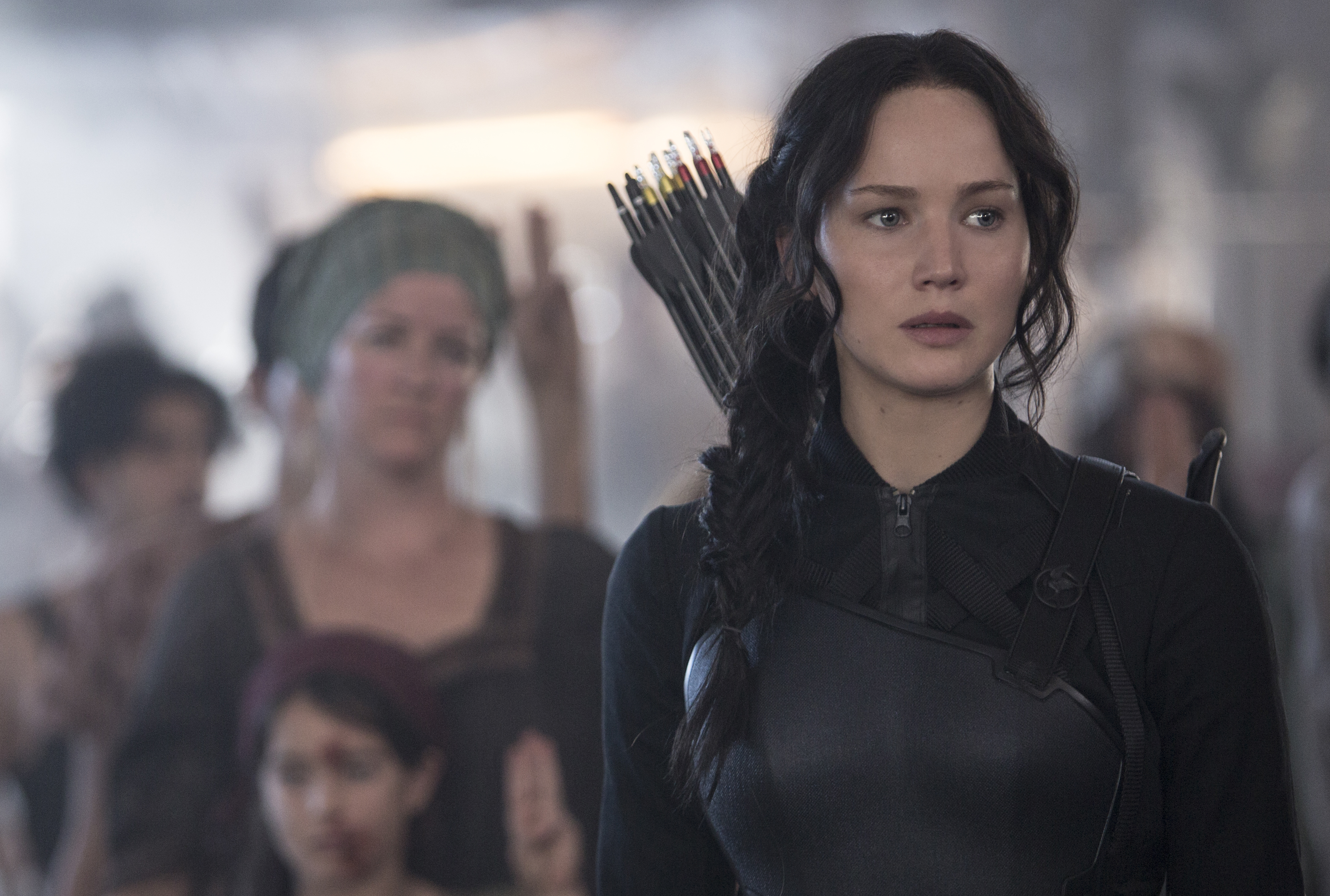The first public concert in the Seattle Symphony’s Benaroya Hall isn’t till this weekend, but the gossip factory’s already working overtime on something that has nothing to do with music: the $1 million “mural” commissioned for the Benaroya’s lobby from New York art superstar Robert Rauschenberg.
The piece is huge, on a scale with the three-story glass-walled lobby: nine metal-backed plastic panels, each 12 feet high and 5 feet wide, wrapped around the curved wall of the auditorium proper. Only problem is, no matter where you stand, you can’t see more than a sliver or two of the 45-foot-long piece: It’s recessed in an alcove over the main-floor entrance, with three huge, wood-clad pillars blocking it from view.
Why would anybody pay that kind of money for an artwork you can’t look at? Symphony spokespeople have no answer for that, but otherwise are resolutely upbeat, saying both artist and patron are satisfied with the piece and its placement. Off the record, some Symphoneers confess to feelings ranging from disappointment to disbelief, but tend to agree with one who said: “It’s an embarrassment, but we’re stuck with it, so what’s the point of bitching?”
How long they’re stuck with it is another question. Despite clear warnings that the Benaroya lobby, flooded with sun on three sides, was no place for art executed in delicate media, Rauschenberg transferred his trademark graphic imagery—in this case sheets of music paper, floating trombones, and the like—to their polylaminate plastic ground using natural vegetable dyes, notoriously prone to fading in direct sunlight. A representative of the artist’s gallery, Pace-Wildenstein of New York, says all concerned are confident that the mural, titled Echo, is secure from harm in its shady nook. A local expert in art conservation who’s seen the piece isn’t so sure. “In 10 years,” he says, “those reds are toast.”
Dropping the pilot
The phrasing of the press release could have been lifted verbatim from the spin doctor’s form book when the Northwest Folklife Festival announced late in August that after 17 years, director Scott Nagel was “moving on to new creative challenges.” But the usual token bow to the dear departing was notably absent from the remarks of Folklife board president Irene Namkung, though she was lavish in praise of her fellow trustees and Folklife’s remaining staff.
Folklife is suffering from a $300,000 deficit, accumulated over two years of rainy and ill-attended Memorial Day weekends—but that makes Nagel’s departure just now even harder to account for. Folklife’s board is made up primarily of members of the folk “community”—meaning members who are readier to advise and criticize than to engage in the tawdry, uncool business of fund raising. Who’s going to “leverage a line of credit for the organization” as announced by Namkung?
Not, for the moment, the newly appointed professional director of the festival. Michael Herschenson, late of the Museum of History & Industry (and the Children’s Museum before that), is tied up till November 1 working for the state minimum-wage initiative campaign. The only initiative mentioned in the August release was a negative one: canceling the Festival’s annual folk-flavored “world market” on Thanksgiving weekend.
Folklife spokesperson Sharon Frey says that the organization will have nothing further to say while “the circumstances of Scott’s departure are still being worked out.” Contacted at his 15-acre Port Angeles home, Nagel also declined to comment, but confirmed that the decision to split was mutual. “God knows I’d been there long enough. When I started we had one desk, one telephone, and an $85,000 annual budget.” For the future, Nagel is considering his options, though one activity’s definitely excluded: “running a community festival.”
Half a loaf for arts
When the state Legislature cut its deal with Paul Allen to subsidize a stadium for the Seahawks, it cut something else: any obligation to expend a portion of the cost of construction on public art under the state’s One Percent for Arts statute. After months of pressure from and negotiation with arts buffs, however, the state Public Stadium Authority ratified a plan last March under which Allen’s First and Goal agreed to pony up some money for public art for the stadium.
Self-nicknamed the Gang of Five, the band of buffs (representing the state, county, and city arts commissions, Allied Arts, and Artists Trust) put forward four suggestions to make the process genuinely public. In June, Allen’s Vulcan Northwest met point one by hiring former state arts jock Pablo Shugurensky to supervise the art selection process. As a result, Gang members are reasonably confident that point two has been accepted: a process meeting national guidelines for such public art commissions. Allen’s agreement with point three—appointment of a body of local experts to ensure the art selection will be driven by aesthetic, not sports-marketing, values—remains iffy. Only point four—earmarking a full 1 percent of construction cost for art—was flatly rejected. Allen’s First and Goal has agreed to spending $1.7 million to commission art—somewhere between one-half and one-third of a percent, depending whether you believe $350 million or $450 million as the actual final stadium cost.
Although they have only scored half of what they hoped for, Gang members count the (still unwritten) deal as a triumph for their cause. In the past similar public-private partnerships—the baseball stadium, the Benaroya Hall parking garage—have gotten away without spending a cent on art, 1 percent ordinances notwithstanding.







